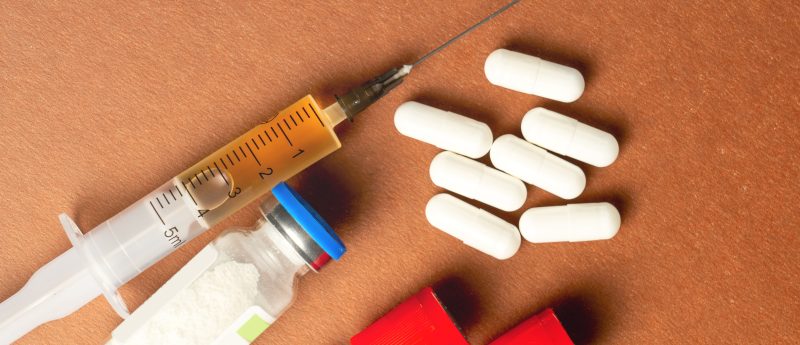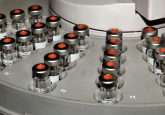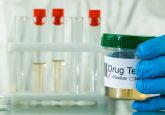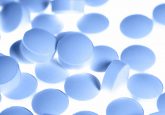Special Feature on Anti-doping

The release of the McLaren Report by the World Anti-Doping Agency close to this year’s Olympic Games has placed the subject of doping in the center of discussions once again. To celebrate the commencement of this year’s event at Rio we have gathered some of the top anti-doping content from Bioanalysis and Bioanalysis Zone for you to enjoy!
Q&A With Monica Mazzarino & Franscisco Radler on key anti-doping issues
As we draw a close on the Rio Olympics, we review a major point of discussion that emerged before the games even began – prohibiting the use of performance-enhancing drugs.
Interview with Dr. Olivier Rabin (WADA): Challenges of Anti-doping analysis
In this podcast interview, Dr. Olivier Rabin discusses some of the challenges being faced in anti-doping analysis and how the World Anti-Doping Agency is providing solutions to overcome these challenges.
Applications and challenges in using LC–MS/MS assays for quantitative doping analysis
The authors of this review discuss the literature regarding various quantification methods for measuring prohibited substances in athletes as they pertain to World Anti-Doping Agency regulations.
Analytical challenges and solutions in doping control: a perspective from the Swedish Doping Control Laboratory
Featured in Bioanalysis 8(8), in this commentary the Swedish Doping Control Laboratory discuss analytical challenges and solutions in doping control in light of this year’s Olympic Games 2016.
Current status and recent advantages in derivatization procedures in human doping control
This review covers the main derivatization procedure applied in doping control screening analysis of endogenous and exogenous steroids, the derivatization procedures implemented on the GC–MS analysis of different classes of doping agents and the developments on derivatization procedures for LC–MS doping control analysis.
You can find more content on sports drug testing and anti-doping analysis here.
Sports drug testing involves the process of collecting a biological sample (i.e., blood, saliva or urine), which is then analyzed for chemicals that are banned or illegal in a sport. In competitive sports, certain performance-enhancing drugs are banned and in-competition testing is conducted to analyze an athlete’s biological profile.





